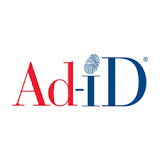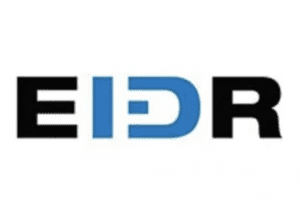As the upfront heats up, Fox News Media has prepared a technological solution to match its expanding demographic appeal – the introduction of ATLAS which analyzes both the spoken word and video content to facilitate contextual targeting for ads.
Fox News, in general, is on a roll. Not only is it a news leader for years in the key demos, it’s now reaching a new level of success in certain other dayparts. According to Jeff Collins, Executive Vice President Ad Sales, Fox News now has the ratings and scale of broadcast shows like The View and GMA and, as such, is reaching a much broader audience. Performance highlights include the comedy show Gutfeld, their new late night program which has out-performed other late night shows, including Colbert, on occasion and the news program The Five which airs at 5P, is #1 in cable news, outpacing primetime in total viewers.
Now, with the introduction of ATLAS, FOX News Media is able to capitalize on those demos for advertisers. “ATLAS is different than a lot of current solutions that really just analyze the spoken word - transcripts of the video content without the additional context of what's up on the screen,” Collins explained.
ATLAS uses AI and machine learning to better understand the context of the video content in real time. “It looks on a second by second basis. Within a news environment, topics change fairly rapidly. It could go from lifestyle to news or weather,” he explained. ATLAS allows for fast changing topics, allowing advertisers the ability to align their brands closer to preferred content in a more granular manner. He noted that, especially in news, it is possible to watch a talking head with a video in the background. “Oftentimes the video might not be aligned with the spoken words the anchor is saying. We felt it was very important as a news organization to be able to arm our clients with proprietary tools that got a lot more granular than the current solutions.”
Privacy should not be a concern with ATLAS. Collins stated that, “The ability to target consumers is going to be really severely limited due to privacy regulations. This makes contextual targeting that much more important as there's all these limitations put on targeting actual consumers.” He added that, “We're not collecting any personally identifiable information. This is purely collecting data on the overall content and context, so I think that's an important thing to note given privacy regulations and restrictions and ad targeting these days.”
The way ATLAS works is by, “grading everything,” using keywords to better match an advertisement through the spoken word and visuals. Additionally ATLAS can tag according to sentiment through machine learning. “There's a lot more selection of new types of content and a tool like ATLAS allows our clients to be able to align their brands closer to our diversity of content and place the advertisers messaging as close to the types of content that they would want to be associated with,” he stated.
According to Collins, “There have been countless studies on the importance of aligning and being around the right context and how that increases upper funnel and also lower funnel metrics, brand metrics and performance. We're partnering with some of our clients now to be able to utilize ATLAS and run it alongside some of their current solutions, looking at the variances between what ATLAS is grading and what the current solutions are.” It is then possible to examine those variances and get a better understanding of why ATLAS is grading things a certain way. “It's providing more granular targeting capabilities,” he added.
One of the deliverables ATLAS can provide is attribution, “to be able to say okay, is ATLAS actually driving better real world outcomes for our clients? Is the contextual alignment actually helping to drive more site visitation or in store traffic? So we'll do ATLAS targeting for a particular campaign and then on the back end of that do attribution studies which look at the amount of site visitation that that drove in store traffic,” he posited.
ATLAS’ main advantage is its ability to review and grade content quickly. “The current solutions in the market look at transcripts at about 2000 characters per hour. ATLAS looks at closer to 60,000 characters per hour because we're picking up all of the background video as well,” he explained. This is especially important in news because of all of the variations in news content that tend to run in a 10 or 15 minute block. “Being able to actually slice that out is something that I think is an important distinction for ATLAS versus what other tools are currently offer,” he said. And these solutions are customizable. “We don't take a one size fits all approach,” he stated and added, “It has to come down to what our clients are comfortable with. We're not grading our own homework. We're allowing a third party to be able to judge the results and to judge it against the entirety of an advertiser's campaign, not just what's happening within our ecosystem.”
The result, according to Collins, “has been overwhelmingly positive. We are engaging with every major holding company and we're running tests now with most of them. Everybody is looking for better solutions in the space. They're happy to see us taking a leadership position in this area,” he concluded.
This article first appeared in www.MediaVillage.com
Artwork by Charlene Weisler


